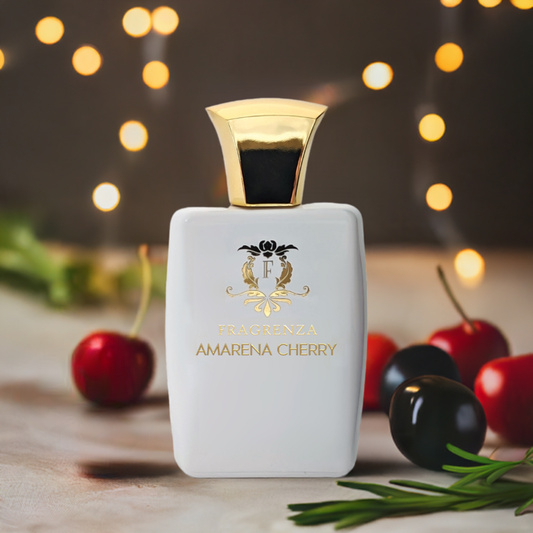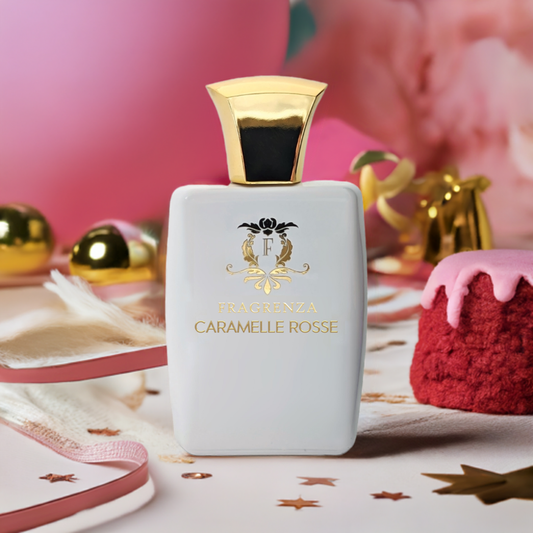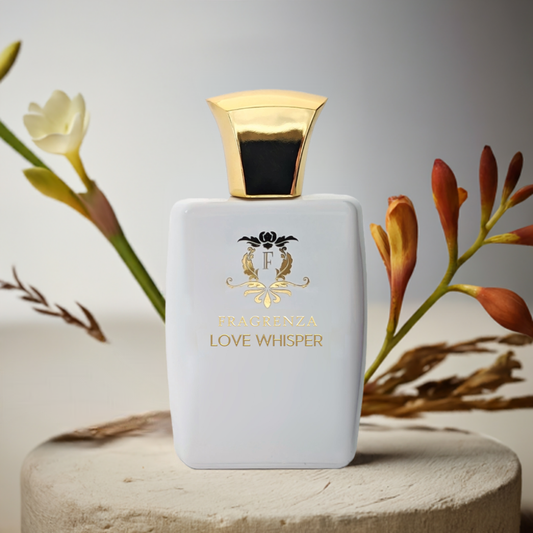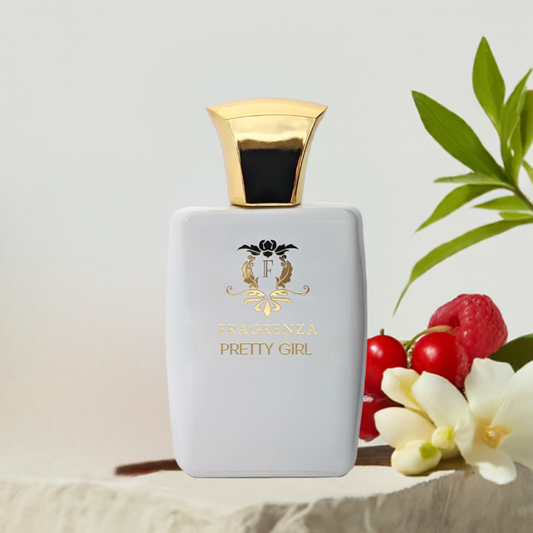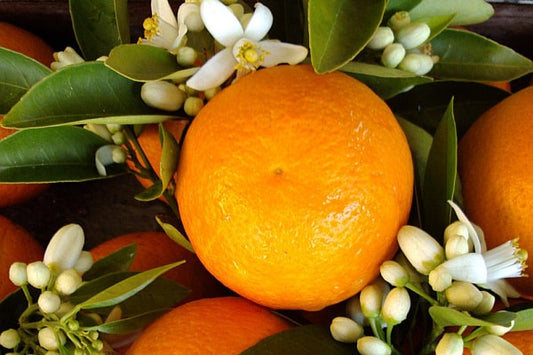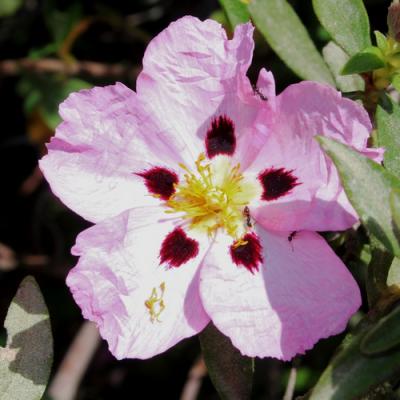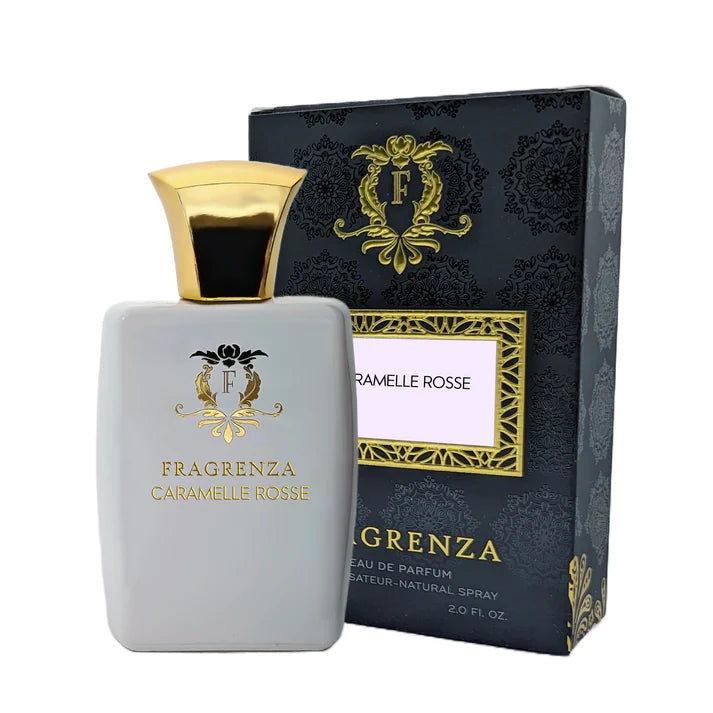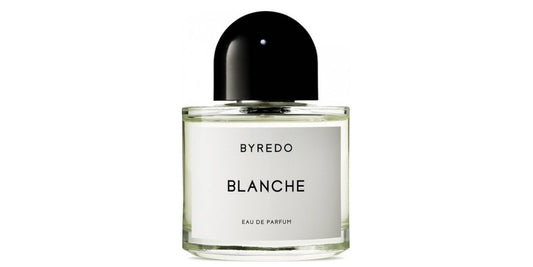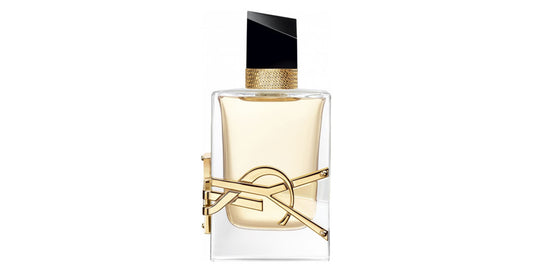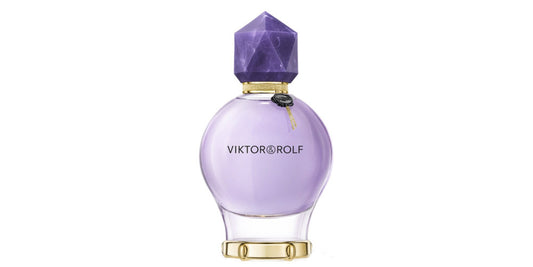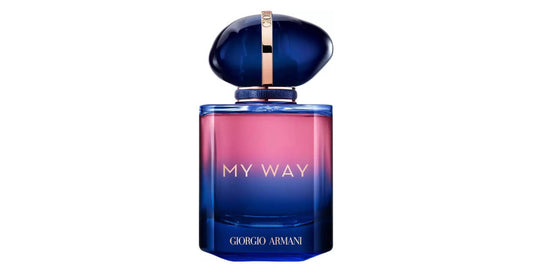Anise in perfumery

In This Article
Unraveling the Captivating World of Anise in Perfumery
Steeped in a rich history that stretches back over four millennia, Anise—an aromatic marvel originally flourishing in the Mediterranean basin—has always been a focal point of interest. This plant's roots trace back to the time of the ancient Egyptians, who valued anise highly for its impressive medicinal properties. In our contemporary world, the allure of Anise remains as potent as ever, particularly known for its antispasmodic effects that aid digestion and mitigate bloating. It's noteworthy that this versatile plant also presents a potent remedy for halitosis, promising a refreshing breath that instills confidence. Yet, the blessings of Anise don't stop there—it offers relief from nervous disorders, migraines, fatigue, stimulates appetite, and can even soothe respiratory conditions such as asthma, bronchitis, pharyngitis, coughs, and colds. Mothers will also appreciate anise's ability to soothe infant colic and help alleviate menstrual disorders in women. This natural wonder, Anise, is an embodiment of nature's bounty, teeming with innumerable virtues.
As a member of the revered Apiaceae family, Anise is characterized by its imposing height that varies from 50 to 80 cm. Its distinctive foliage presents three serrated leaflets, and the plant itself is adorned with small, white flowers that cluster into delicate umbels. The anise plant, with its fragrant greenish-gray fruits that are oblong in shape, thrives under generous sunlight—making it a visual treat.
Anise: The Scented Jewel of Perfumery
Anise has etched its presence emphatically in the world of perfumery, thanks to its intoxicating and enchanting aroma. Its distinctive essence contributes an aromatic, green, and spicy nuance to perfumes that incorporate it. The extraction of its essential oil involves the intricate process of hydrodistillation, wherein heated water vapor gently extracts the plant's enthralling scent. Anise's fragrance beautifully compliments woody, chypre, and fern-based perfumes. Although star anise displays a unique shape, its scent is similarly engaging with an accentuated spiciness.
It's impossible to ignore Anise's pivotal role in perfumery, given its noteworthy appearances in celebrated fragrances. A few examples include La Compagnie de Provence's Anis Patchouli and various popular men's fragrances like Armani Code, Azzaro pour Homme, and Guerlain's Désir pour Homme. Women's perfumery also enjoys the captivating touch of Anise, as seen in fragrances like Guerlain's Champs-Élysées and Lolita Lempicka's Eau de Minuit Poussières d'Etoiles.


